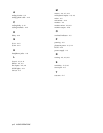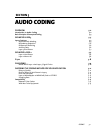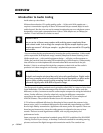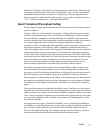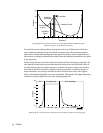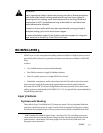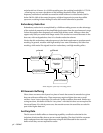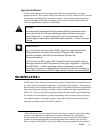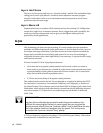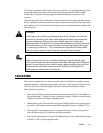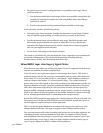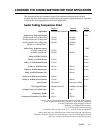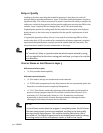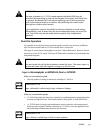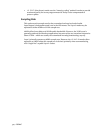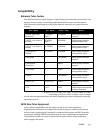
5-8 CODING
Layer 2 Joint Stereo
The Layer 2 joint stereo mode uses an “intensity coding” method. This method has high
coding power and is quite effective, but hurts stereo separation on some program
material. Audio above 3 kHz or so is combined to mono and panned to one of seven
positions across the stereo stage.
Layer 2 Mono-128
ZephyrExpress lets you combine ISDN channels and use the resulting 112/128kbps data
stream for a single Layer 2 monaural channel. Since a bigger data path is available, this
mode uses the least compression and can give you the highest mono quality for
particularly critical applications.
G.722
This technology pre-dates perceptual coding. It is much simpler than the transform
methods, but suffers from poorer audio performance. It has the benefit of low cost and
the unique advantage of low delay. It has been around as an international standard the
longest and is probably the most widely used system. In our view, this technology is
acceptable for mono voice where high fidelity is not necessary. It is good also for cueing
and intercom channels.
We have included G.722 in ZephyrExpress because:
• It has been the most popular coding method until recently so there are many of
these codecs in use. Because it is a standard, codecs from various manufacturers have
a good probability of being able to interwork with one-another. (We’ve tested with
many units and have found no problems so far.)
• G.722 has the lowest delay of all popular coding methods.
This method was invented in the late 70s and adopted as a standard in 1984 by the CCITT,
the Consultive Committee for International Telephony and Telegraphy, a division of
the United Nations. The technique used is Sub-Band ADPCM, Adaptive Delta Pulse Code
Modulation, which achieves data reduction by transmitting only the difference between
successive samples. G.722 does this in two audio frequency sub-bands: 50-4kHz and
4kHz-7kHz.
t
DEEP TECH NOTE!
Only two bits are allocated per sample for audio frequencies above 4 kHz –
sufficient for conveying the sibilance in voice signals, but not very good for
intricate musical sounds. Also, the “predictor model” used to determine the step
size in the adaptive function is designed only for speech. This is why music
transmitted via G.722 has a distinct ‘fuzzy’ quality.
G.722 has a frequency response extending to 7 kHz with fairly poor fidelity. Unless there
is no alternative, it should not be used for music.



